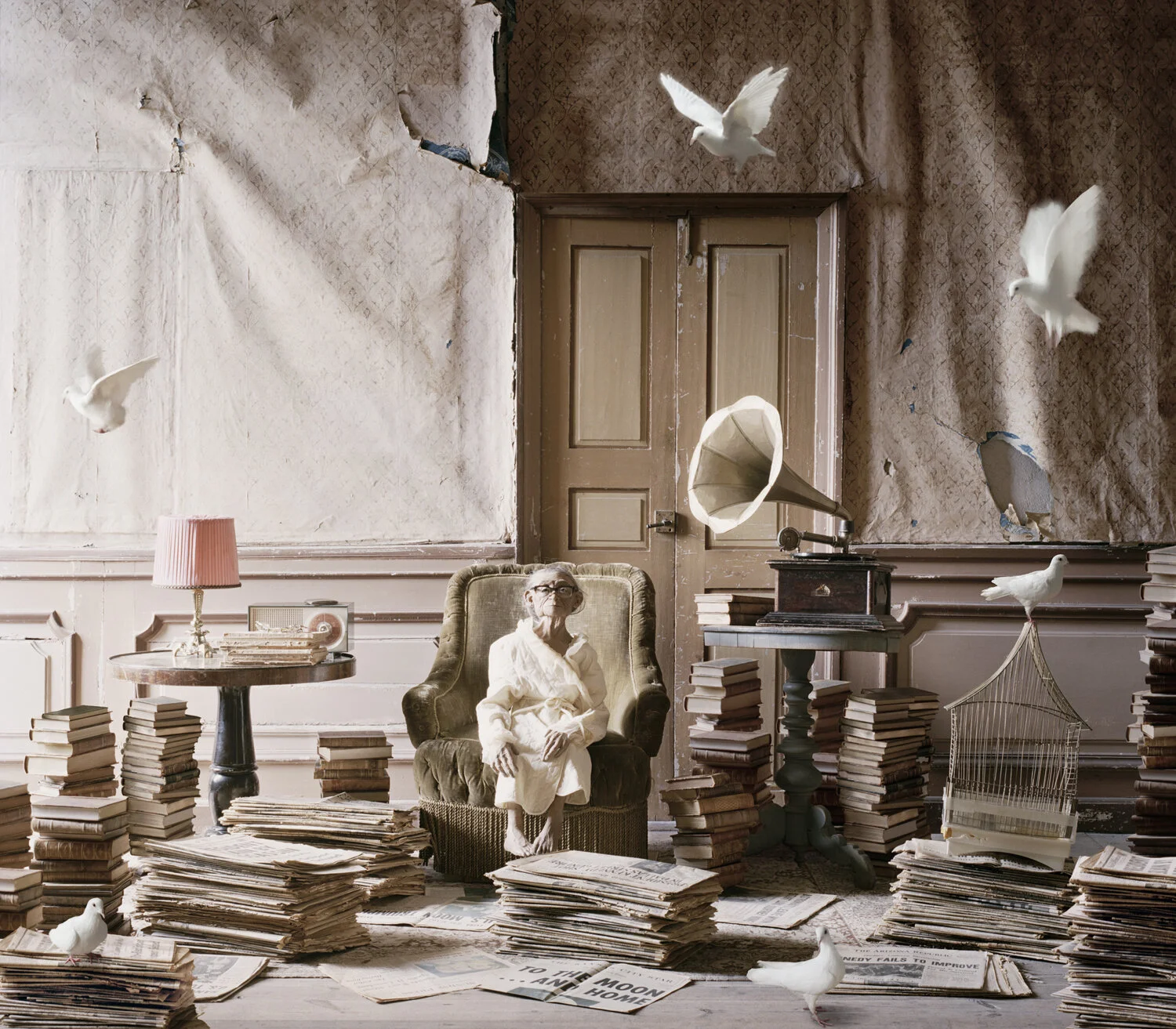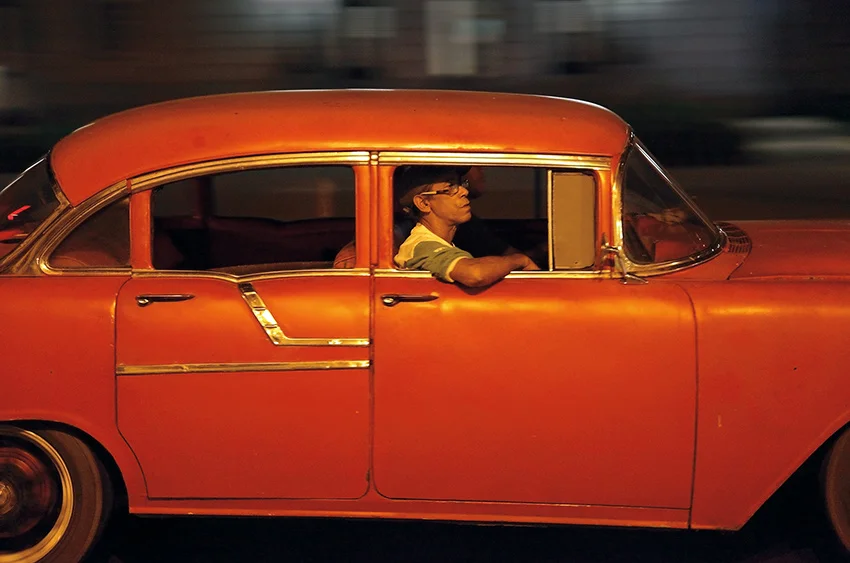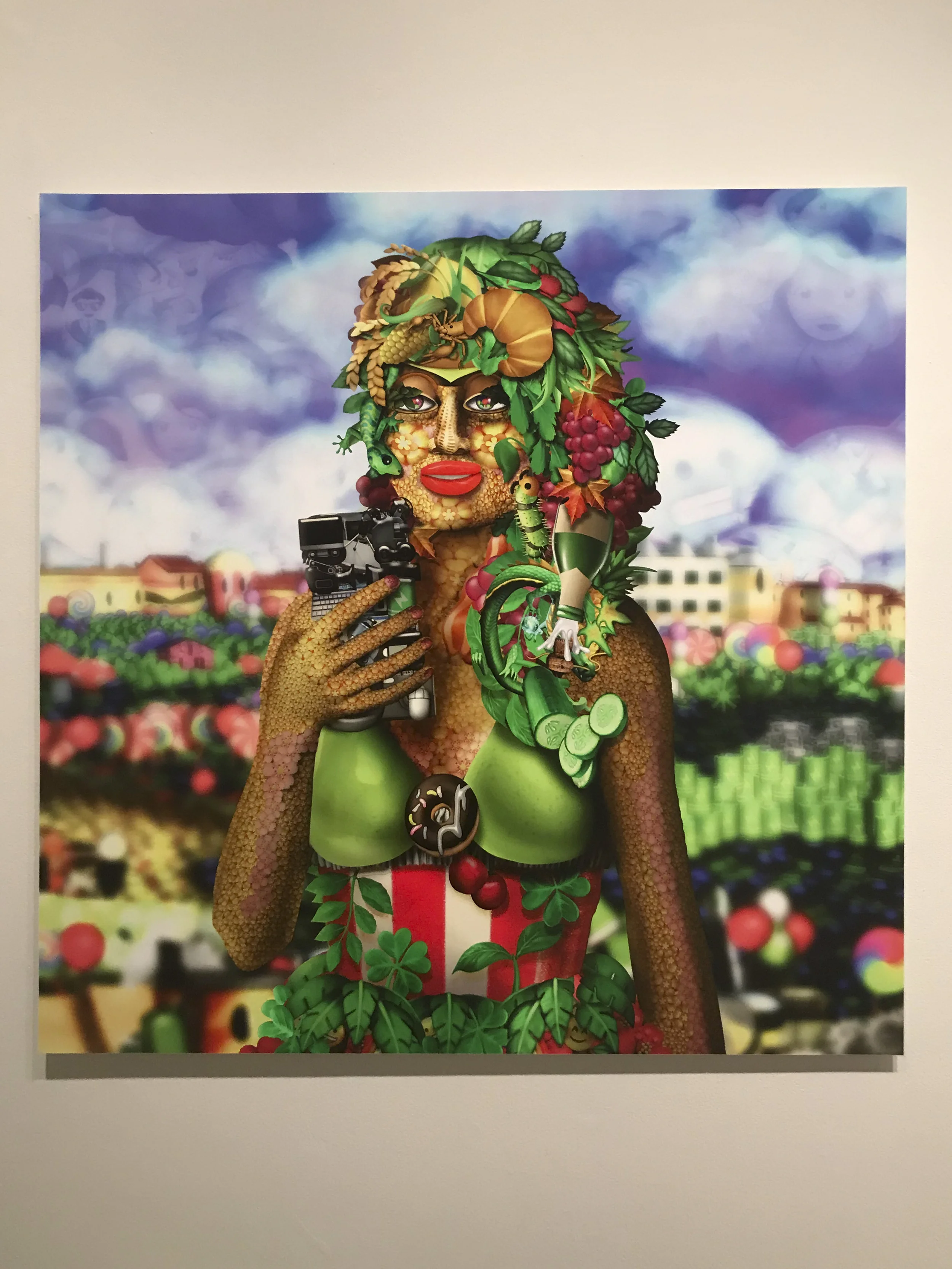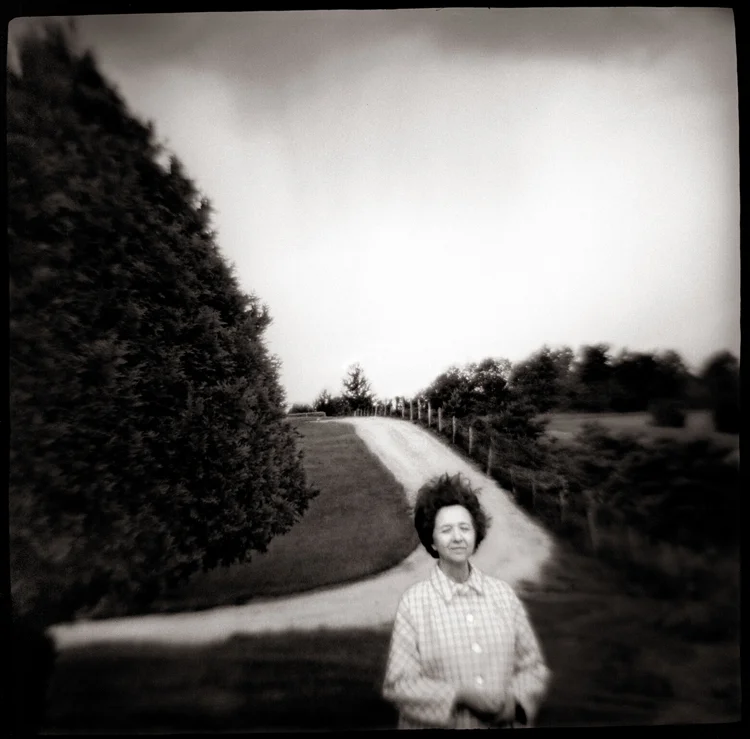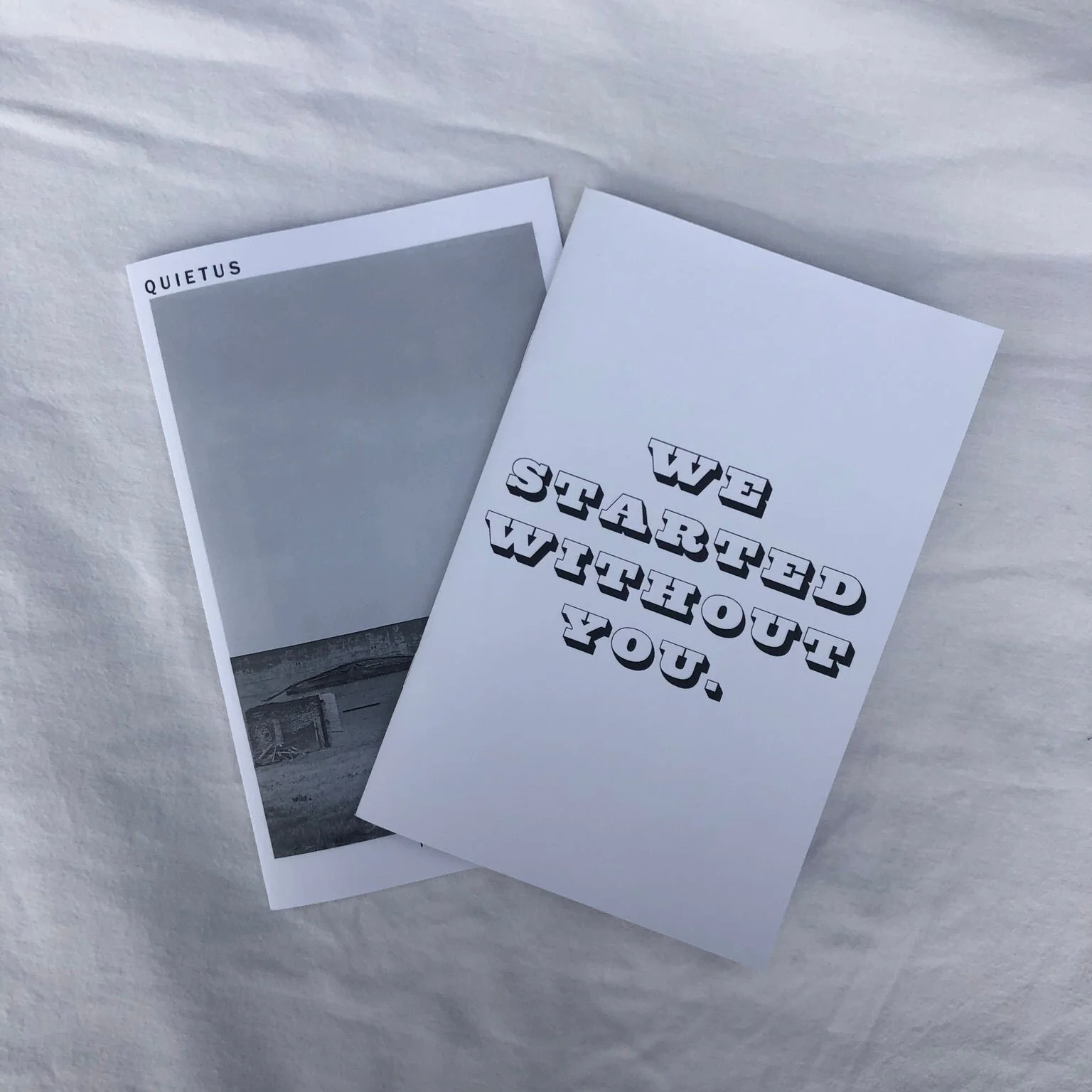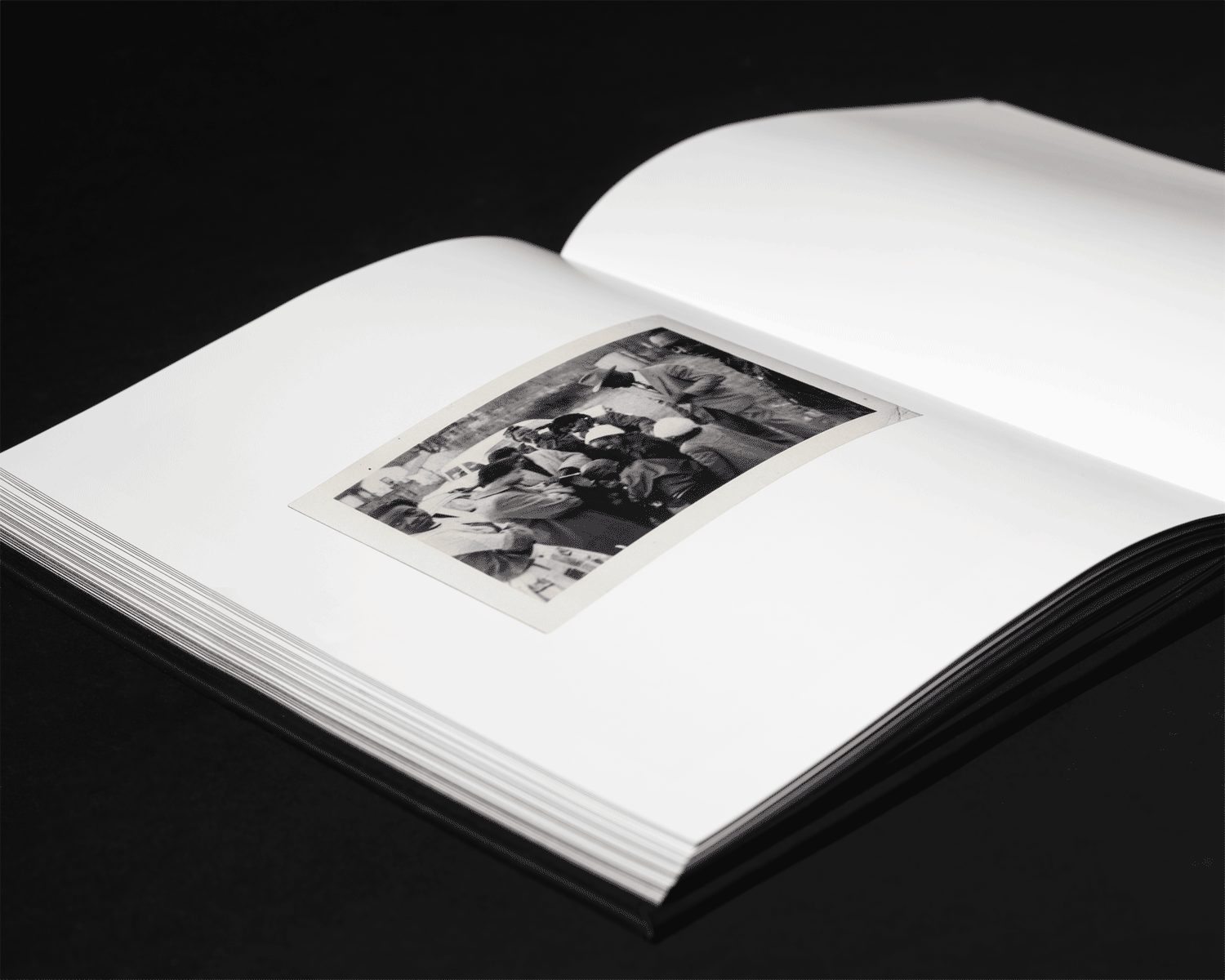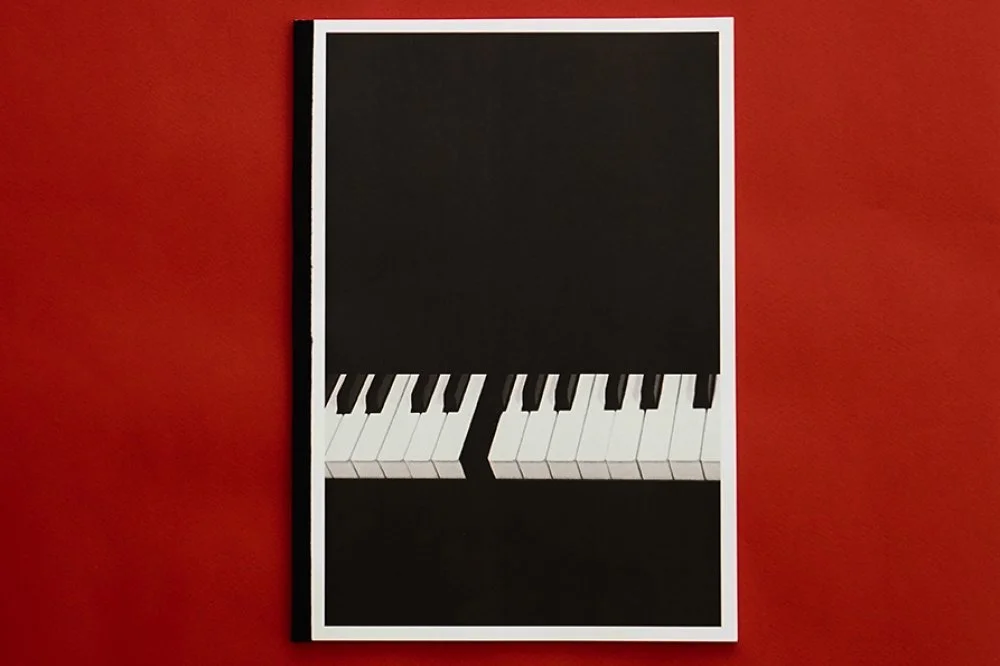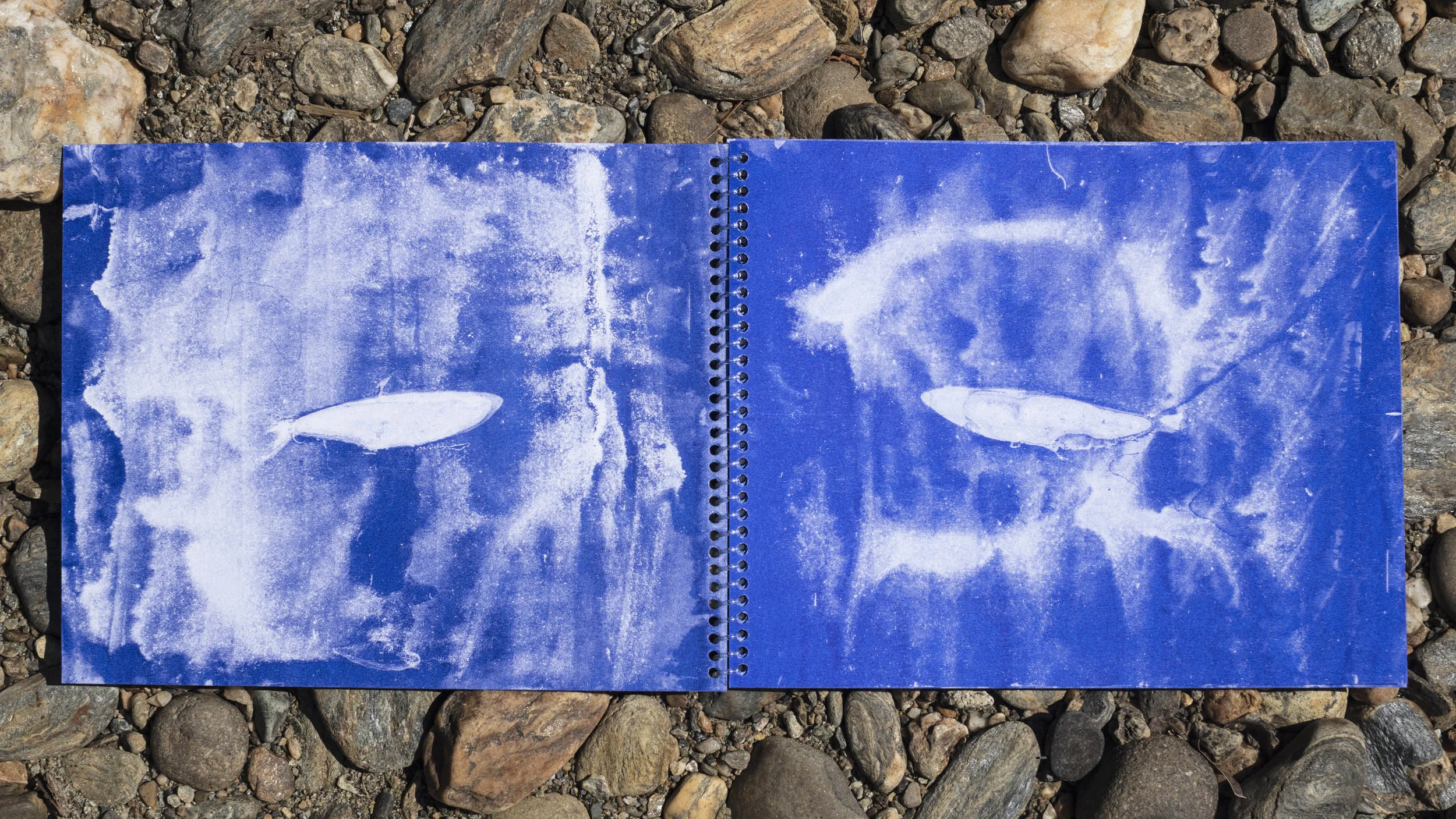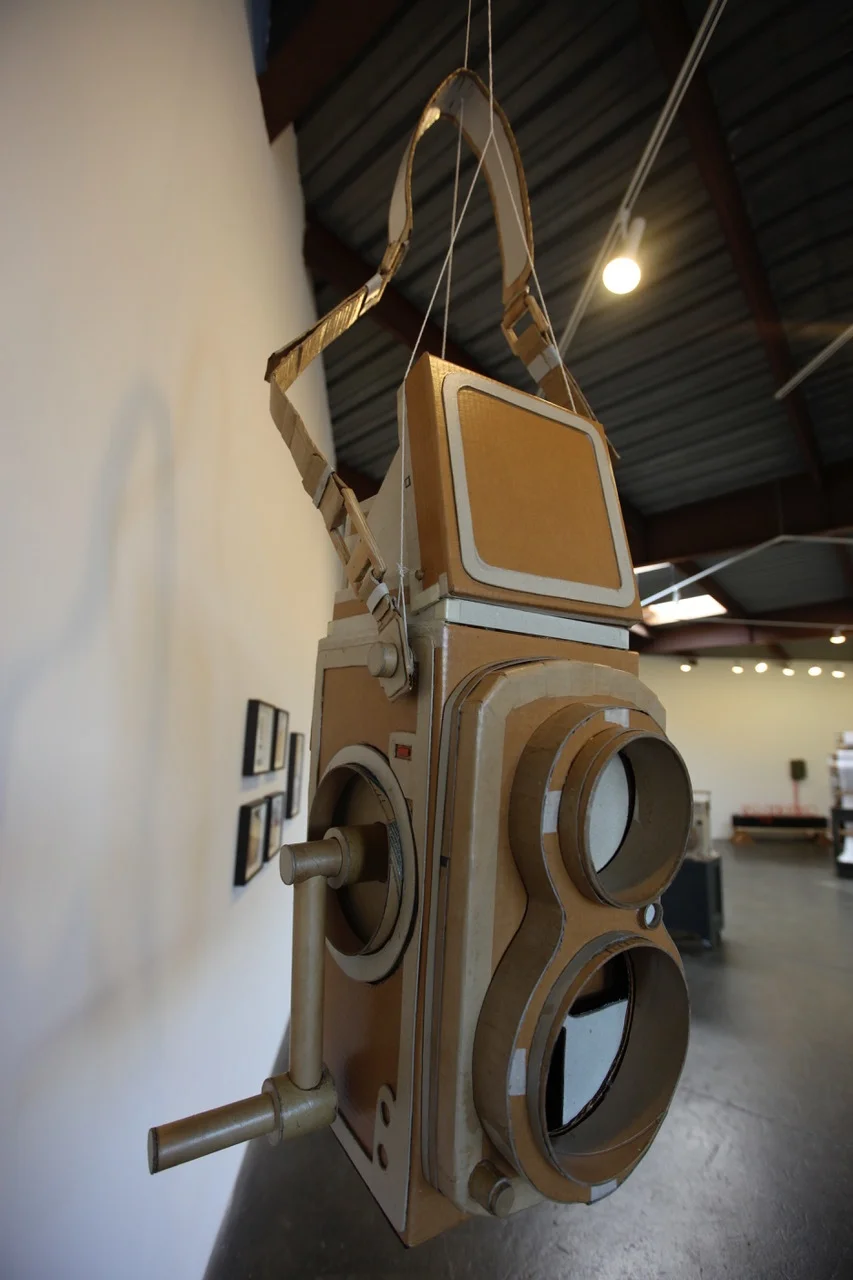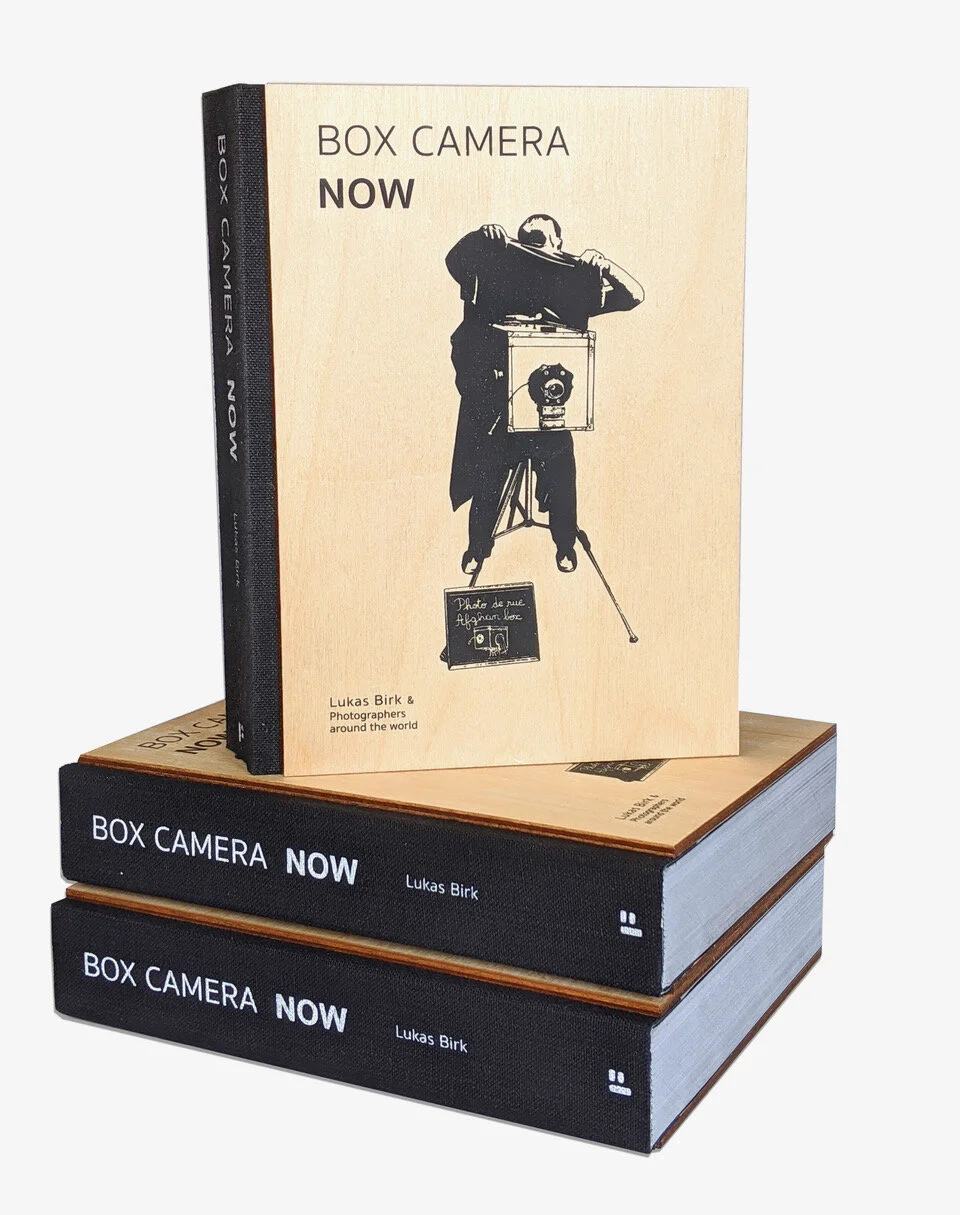Each month an exclusive edition run of a photograph by an artist featured in Don't Take Pictures magazine is made available for sale. Each image is printed by the artist, signed, numbered in an edition no higher than five, and priced below $200.
We believe in the power of affordable art, and we believe in helping artists sustain their careers. The full amount of the sale goes to the artist.
We are pleased to release November's print, 35 from Christine Pearl. Read more about Pearl's work below.
Purchase this print and from our print sale page.
35
6 x 9, signed and numbered edition of 5
Archival inkjet print
$95
Last Car Running
For Christine Pearl, photography has been more than just a passion; it has become a form a therapy and a way of life. At the age of 50 she developed a neurological condition affecting her mobility and balance, resulting in the need to use a walker. At first she resisted the walker, viewing her disability as a prison sentence. Trying to cope with the problem, Pearl picked up a point-and-shoot camera.
In the beginning she hid behind the lens, afraid to face the world as a visibly disabled person. Eventually, as she found purpose and connection to her surroundings through photography, her fear subsided, and she began her work in earnest. Despite her limited mobility, Pearl is motivated to move through the world, observing people with her camera.
The success of a documentary project, like those Pearl has embraced, is dependent on the cultivation of a relationship between a photographer and her subjects. Without trust and understanding, the photographs of other cultures can appear exploitative or reductive. Pearl’s relaxed and friendly demeanor has allowed her to establish the relationships she needs to create strikingly honest images. Nowhere is this more clear than in her series Last Car Running, an ongoing project documenting demolition derbies and the culture surrounding them.
Though Pearl’s interest in photographing the derbies began as an assignment for a street photography workshop, Pearl’s history with this unique sport dates back to her teenage years. She reminisces, “My first car the summer after I graduated from high school was a ’62 Ford Galaxy 500, which burned more oil than gasoline. When I could no longer keep the car legally on the road I gave it to a friend’s older brother to run in the local demolition derby. He won the derby and it was so exciting to see my car go up in smoke and end its life in such a dramatic way. The memory of that car’s demise has always been a romantic one for me.” Carrying the drama from her memory into the series, Pearl’s photographs use motion and low angles to bring the viewer into the energetic environment. In black and white, the smoke, white against a black sky, becomes a sort of flare gun, both announcing the event and referencing the use of flares in auto accidents. The act of destruction becomes more imposing when seen from the perspective of the car.
Through her experiences with the demolition derbies, Pearl has gained an appreciation for how her diagnosis has helped her artistic development. She moves slowly in the chaotic environment, pausing to experience her surroundings in a new way. Every photograph is carefully composed as she waits patiently for the right moment to come to her, rather than rushing around in pursuit of the action. The swing of a sledgehammer, the spinning tires in mud—the viewer can almost hear the crunch of each collision. Pearl manages to place us in the middle of the action, while her balanced compositions maintain a sense of order.
Last Car Running looks at more than just twisted metal and muddy rallies. Pearl also shows quieter moments of friends and families tailgating during the event. While the images of the derby itself evoke a visceral response, it is the portraits that provide glimpses of the culture and spirit that sustains it. During her first summer photographing from the “pit,” Pearl discovered the complex relationships between the teams. Her images vacillate between the anticipation and adrenaline flowing through the competitors in the heat of the moment and the quiet dignity of the team members present on the sidelines and in the pit between heats. Families who have made the derby into a tradition make up teams that span generations. Each car, its productive life over, is adorned and cherished by its owner, culminating in a grand send-off in a blaze of glory. Friends competing against one another put aside their competitive spirit to help make repairs on each other’s cars and prepare for the next heat.
Pearl’s respect for her subjects is evident and refreshing in a time when the current trend is to show the “otherness” of blue-collar America. Instead, she presents this community as the backbone of our country, showing the hard work and close community that keeps this hobby strong. On an intimate level, she admires their willingness to get dirty and the enjoyment they take from good, not-so-clean fun, but in a broader sense, Pearl also explores the American love affair with our cars. More than in any other culture, automobiles are deeply ingrained in our identities as Americans. Demolition derbies were created in post World War II when new cars were rolling off of the assembly lines, devised as a means to dispose of pre-war cars and provide entertainment in rural areas. Iconic images of road trips, drive-ins, and car races permeate our culture. Pearl’s photographs play on that nostalgia.
Pearl sees a lot of herself in the demolition derby. Like the pit crews working with the tools on hand, she is constantly working with her surroundings and circumstances to achieve her desired photographs. Finding inspiration from the derby culture, she has learned that she does not need to hide who she is, but to embrace it, and she follows her passion, regardless of any preconceptions that others may have. She is fascinated by the competition and love for destruction, the latter of which she feels is a reflection of our disposable society. Still, though the derbies are destruction-oriented, there is also an incredible amount of care given to the participants’ vehicles and conveys a sense of pride among them. It is fitting that Pearl has immersed herself among people who are not dismissive of these imperfect vehicles, and who have built a lifestyle around finding a place for them. They have found a place for her too. She admits that while at first the crews were suspicious as to why a “middle-aged woman pushing a walker with a camera” was in the pit, now in her third year of the project, she is a welcome sight. Pearl’s own connection to this community gives her photographs a universal appeal. She astutely comments that, regardless of our own individual backgrounds and identities, “At one point or another I think we’d all love to drive our car into something.”
Shannon Mohrman is a freelance writer from Houston, TX. Her writings have been included in various publications including The Circle and The Story Project. She is also a classically trained operatic soprano and an avid knitter.






































